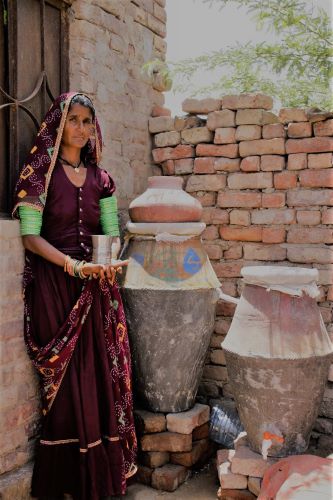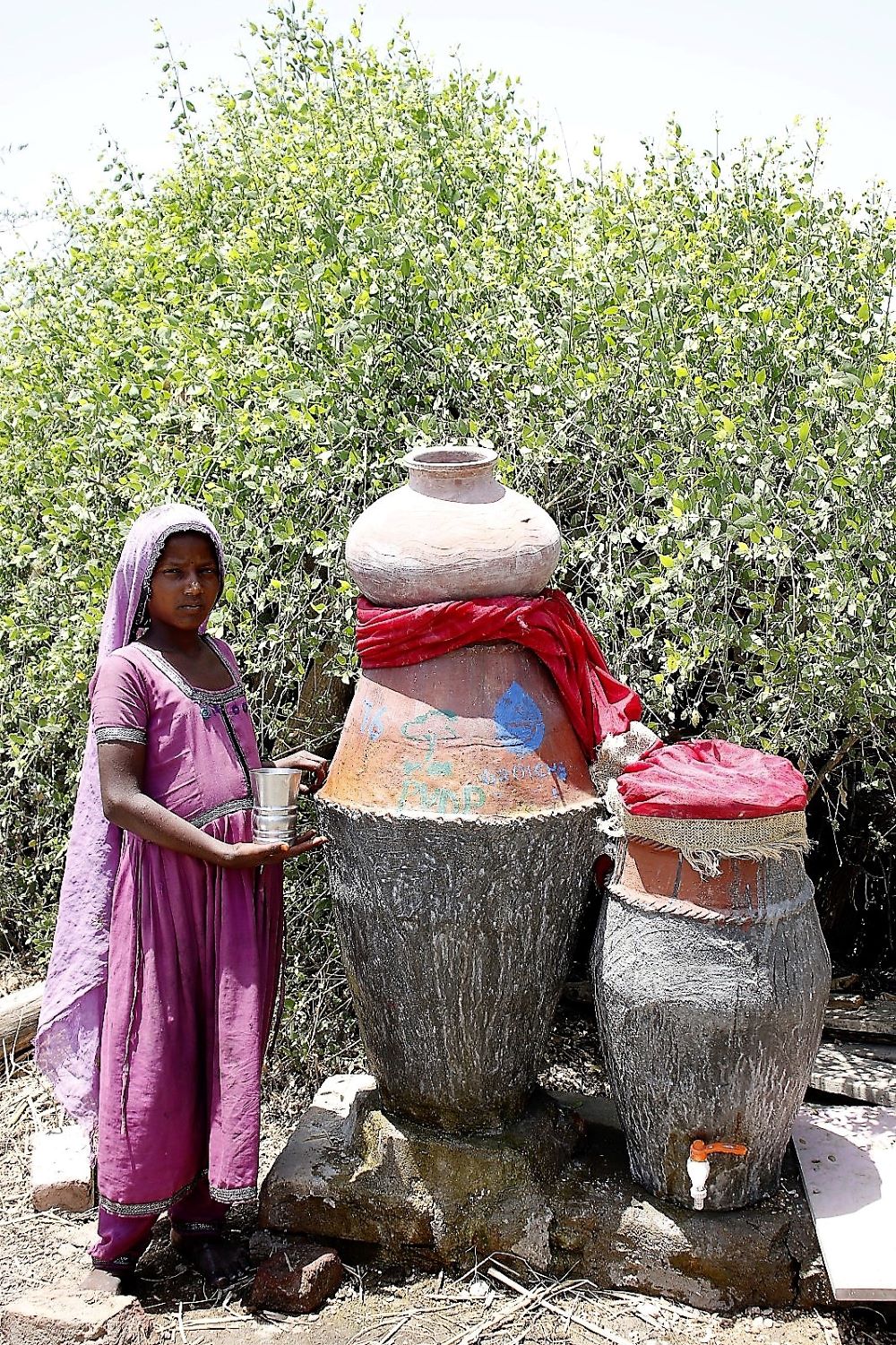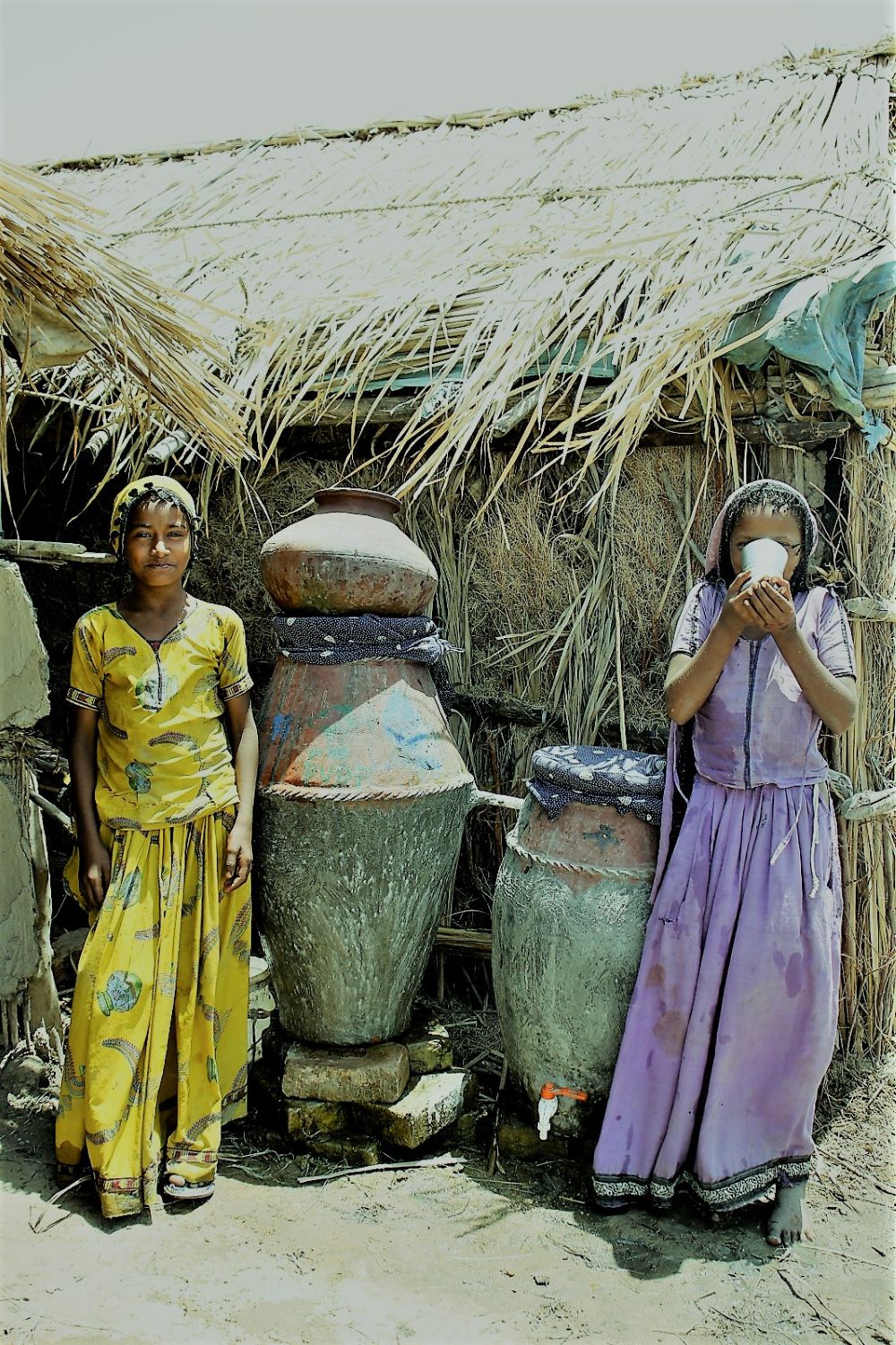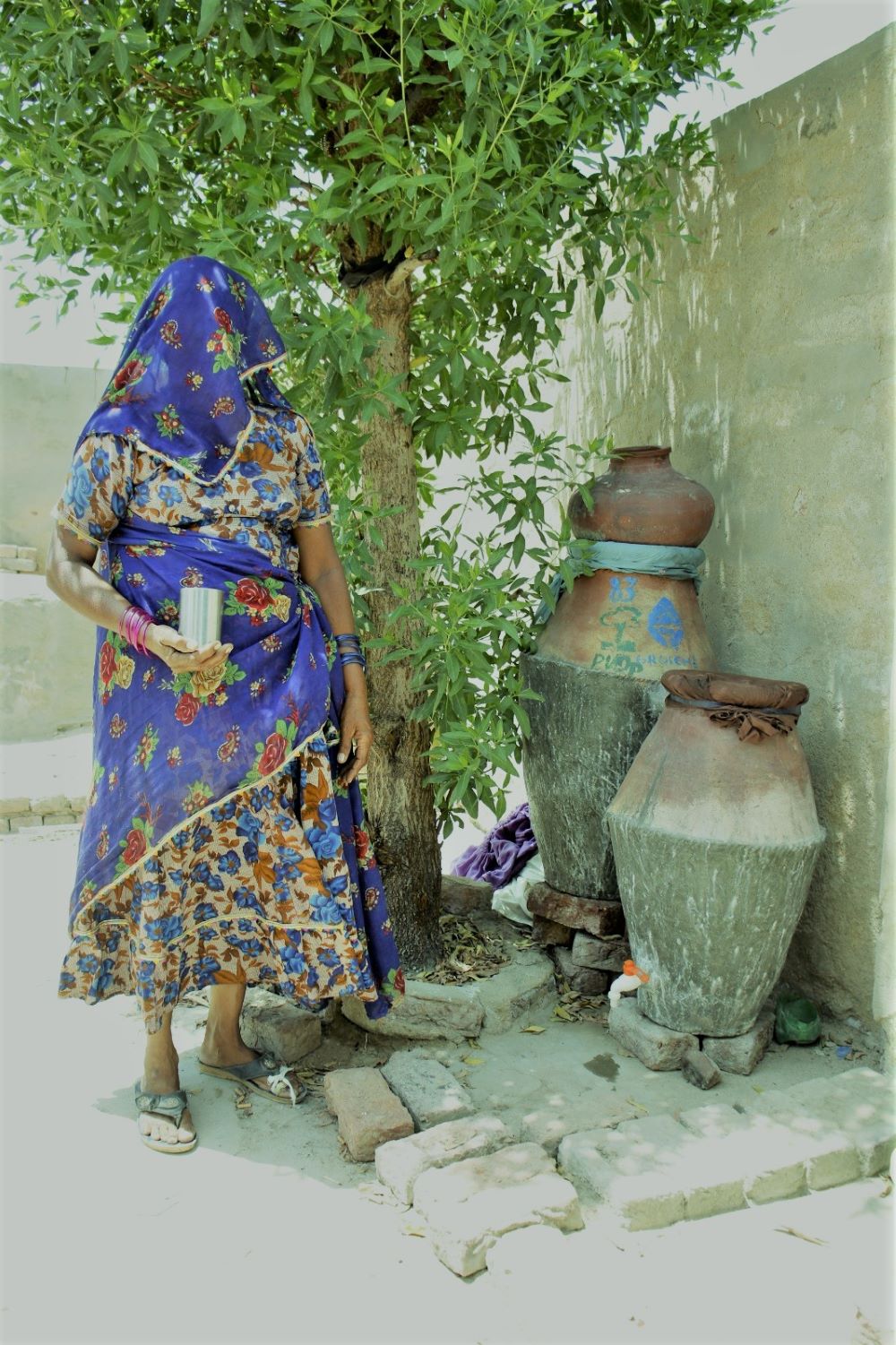
In an era dominated by technological advancements, the Naadi Filter serves as a reminder of the value and effectiveness of traditional methods
Zaffar Junejo
Water, the lifeblood of civilizations, has both nurtured and abandoned human societies throughout history. Its significance in religious contexts is undeniable, and its scarcity has long been a cause for concern. Recognizing its importance, the United Nations has declared access to safe water as a fundamental human need and a basic human right. However, a recent report by international charity Water Aid has shed light on a distressing reality: in Pakistan, 21.7 million people continue to lack access to clean water. This means that a staggering 21 million individuals are forced to consume water laden with hazardous substances such as Escherichia coli, feces, germs, parasites, salmonella, pesticides, and other toxic chemicals.
Before delving into the quality of water in Pakistan, it is important to understand the diverse nature of water access throughout the country. Pakistan’s biogeography plays a crucial role in determining the availability and accessibility of water. From towering mountains to fertile valleys, vast plains to coastal belts, and arid deserts, each region presents unique challenges and opportunities when it comes to accessing this vital resource. This holds true for the province of Sindh as well, where water availability and accessibility differ significantly across hilly areas, riverine regions, the Indus delta, and the Thar Desert. Apart geography other important factors regarding water accessibility are nature of human settlements, distances, water-distribution networks, and recurring costs.
Maurice Connor was a pioneer of the Naadi Filter. He was a British volunteer from The Church Mission Society in England
Now there is a question of quality water. Encouragingly, for decades Sindhi newspapers have been reporting on the issue of unsafe drinking water in Sindh. But, it was the release of the Judicial Inquiry Commission’s Report, known as the Shahab Usto versus Government of Sindh or Constitutional Petition Number 38 of 2016 that truly shocked the nation. The comprehensive report unveiled the extent of contamination in Sindh’s drinking water, which included turbidity, odor, Total Dissolved Solids (TDS), hardness, calcium, sodium, potassium, chloride, sulfate, fluoride, nitrate, iron, and some microbiological contaminations. The report painted a grim picture of the water quality in Sindh.

Presently, various publications reveal that rural communities in South Asia, East Asia, and various African countries have long relied on traditional water purification methods. These methods involve the use of cloth, stones, plants, gravel, coconut fiber, sieves, and clay to filter water. However, in Sindh, particularly in Mirpurkhas, Maurice Connor was a pioneer of the Naadi Filter. He was a British volunteer from The Church Mission Society in England. In 2000, he arrived in Pakistan as a water engineer and worked with the Society for Safe Environment and Welfare of Agrarian in Pakistan (SSEWA-Pak) to conduct research and design a low-cost model for water purification in rural areas. After a year of research, he successfully developed the Naadi Filter, technically known as a bio-sand-naadi filter, in 2001. Before returning to England, he trained approximately 50 individuals to further disseminate this affordable technology in remote areas of Sindh. Interestingly, with a few modifications, his design continues to be widely implemented. It has been adopted by numerous organizations working with rural communities not only in Sindh but also in other parts of Pakistan.
The method allows water to flow through various filtration layers for purification. This technique harnesses the power of gravity and natural materials to effectively remove impurities and enhance water quality. The process of Naadi filtration begins with carefully selected filtration media, such as sand, gravel, and activated charcoal. These materials create an optimized environment for beneficial microorganisms that consume disease-causing microbes. Working together, these filtration layers trap and eliminate contaminants, including sediments, bacteria, viruses, and organic matter. As water passes through this intricate network, impurities are progressively removed, resulting in cleaner and safer water. Dominic Stephan, an expert in the field, explains that Naadi Filter has been scientifically proven to purify contaminated water looking at various parameters, including water color, turbidity, and presence of fecal coliforms, cercariae viruses, and organic matter. He elaborates that ‘Naadi Filter possess simplicity and efficiency, requiring minimal infrastructure and operating without the need for electricity or complex mechanical systems.’ He added, ‘this makes it particularly suitable for regions and communities with limited resources and inadequate access to safe drinking water.’
The method allows water to flow through various filtration layers for purification
Recent research conducted by Stephan demonstrates that villages utilizing Naadi filter have successfully prevented waterborne diseases such as diarrhea, dysentery, cholera, typhoid fever, and Hepatitis A. Additionally, each household has saved approximately Rs.7000 to Rs.8000 by using these filters. Moreover, the Naadi Filter promotes sustainability by utilizing locally available materials and reducing reliance on energy-intensive purification methods. It fosters a deeper connection with nature and encourages appreciation for ancestral knowledge and traditional practices. However, he pointed out that in the Thar Desert, the Naadi Filter works well when used to purify harvested rainwater. However, it is unable to effectively purify the extremely hard and toxic deep underground water found in the desert.

By combining ancient wisdom with modern understanding, the Naadi Filter presents an appealing solution to water purification challenges. Its elegance lies in its ability to provide clean and potable water through simple, eco-friendly principles that have withstood the test of time. In an era dominated by technological advancements, the Naadi Filter serves as a reminder of the value and effectiveness of traditional methods. Moving forward to address the water crisis in Sindh requires a multifaceted approach encompassing both short-term and long-term solutions. Based on his more than twenty-five years field experience, Dominic says that ‘immediate steps should be taken to provide clean water sources, with Naadi Filters being particularly suitable for severely affected areas.’ He added that ‘it is crucial to recognize that the water crisis in Pakistan, especially in Sindh, demands urgent attention to the issue of contaminated drinking water.’
The Naadi Filter is more than just a technological marvel—it is a symbol of resilience, rooted in the ancient wisdom of generations past
We shouldn’t forget that in the arid lands of Sindh a silent crisis unfolds as millions of people are left with no choice but to drink water teeming with dangerous contaminants. The consequences are dire—health risks soar, well-being is compromised, and the cycle of poverty tightens its grip. Yet, amidst this harsh reality, a glimmer of hope emerges. The key lies in prioritizing access to clean water, implementing effective water management strategies, and igniting a widespread awakening about the urgency of the situation.
In the sun-scorched villages of Sindh, hope dawns as the Naadi Filter takes hold

No doubt, public has the power to shape its future where every citizen can exercise their basic human right to safe and clean drinking water. A transformative tool stands ready to aid in this noble quest—the Naadi Filter. Its elegant simplicity and eco-friendly principles make it a beacon of promise. It has leverage over energy-intensive methods. Thus, the Naadi Filter is more than just a technological marvel—it is a symbol of resilience, rooted in the ancient wisdom of generations past.
In the sun-scorched villages of Sindh, hope dawns as the Naadi Filter takes hold. Communities once burdened by the weight of waterborne illness now witness a transformation—a resurgence of health, vitality, and opportunity. Lives are saved, and the economic shackles of illness are shattered. The path to a future where safe drinking water is a universal reality may be challenging, but the Naadi Filter illuminates the way forward. Let us amplify its reach, ensuring that no corner of Sindh is left untouched by its life-saving potential. The time for action is now, because the clean water is not a luxury but a fundamental right—one that can be secured through the unwavering spirit of innovation and the revival of ancient wisdom.
_______________
 Dr. Zaffar Junejo is a Development Professional and a Research Scholar, having earned Doctorate from the Department of History University of Malaya, Malaysia. Mr. Junejo apart from scholarly contribution also writes for popular media. He could be accessed at: Email junejozi@gmail.com, Cell/WhatsApp +92 334 045 5333 Skype Zaffar.Junejo Facebook facebook.com/zaffar.junejo
Dr. Zaffar Junejo is a Development Professional and a Research Scholar, having earned Doctorate from the Department of History University of Malaya, Malaysia. Mr. Junejo apart from scholarly contribution also writes for popular media. He could be accessed at: Email junejozi@gmail.com, Cell/WhatsApp +92 334 045 5333 Skype Zaffar.Junejo Facebook facebook.com/zaffar.junejo